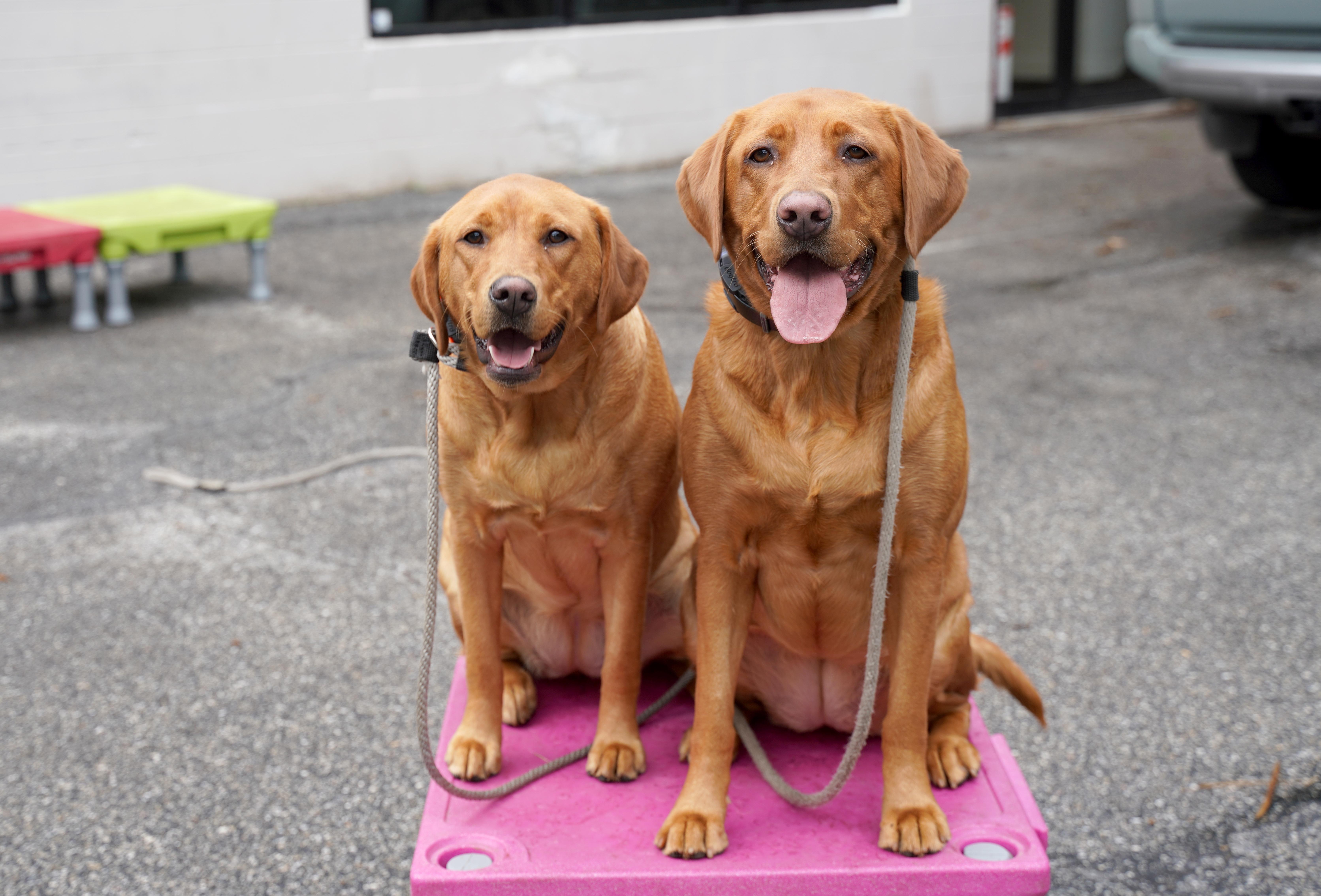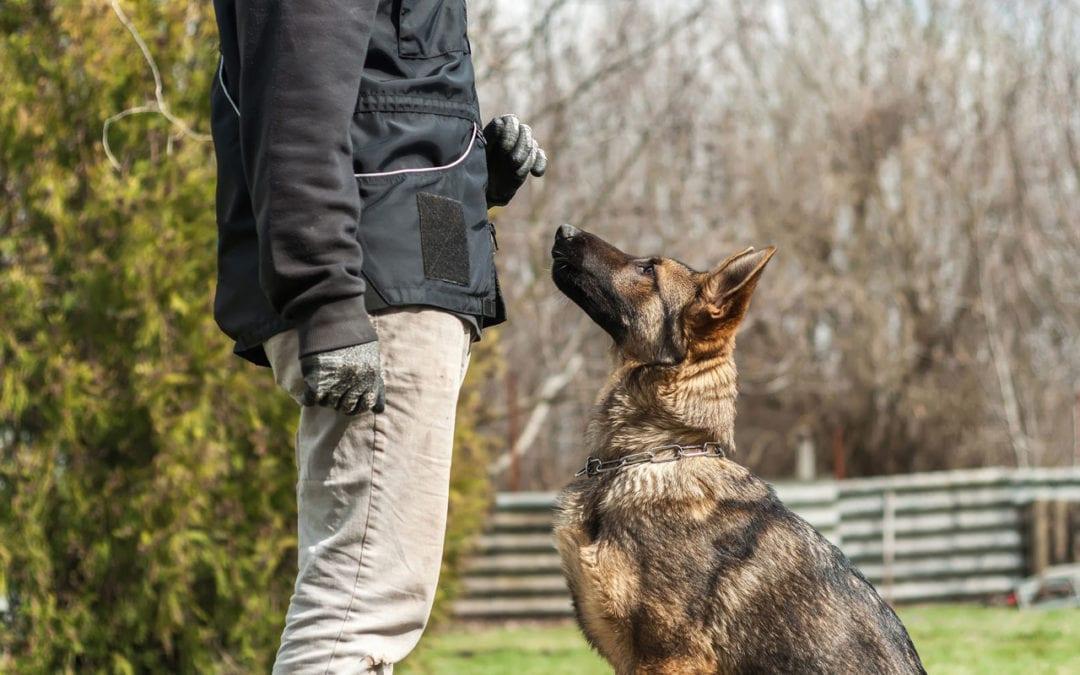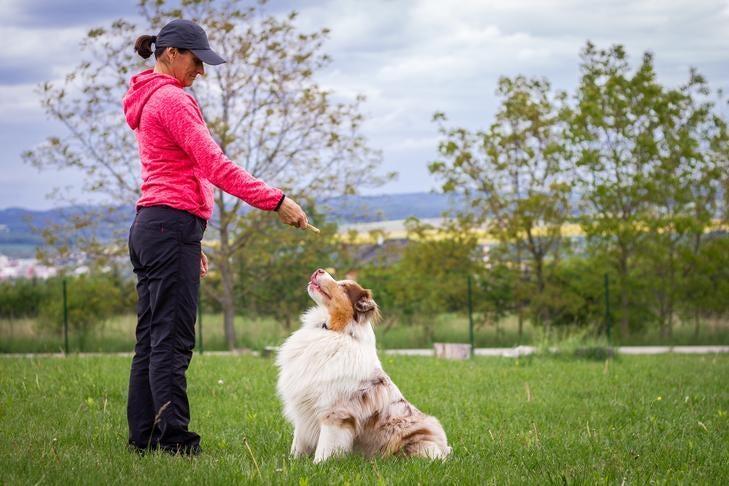Training a dog to ignore distractions can be a rewarding journey for both you and your furry companion. Whether it’s the allure of a passing squirrel or the excitement of a bustling park, teaching your dog to maintain focus amidst distractions is essential for their safety and your peace of mind. In this guide, we’ll explore effective strategies to help your dog develop the self-control needed to stay attentive in any situation. With patience, consistency, and a touch of warmth, you can foster a stronger bond with your dog while equipping them with the skills to thrive in a world full of enticing distractions. Join us as we delve into practical techniques that will transform your training sessions into opportunities for growth and connection.
Building Focus through Positive Reinforcement
When training your dog to maintain focus amidst distractions, leveraging the power of positive reinforcement is crucial. By rewarding desired behaviors, you encourage your furry friend to repeat them. Start by identifying a treat or toy your dog loves. Whenever your dog successfully ignores a distraction, immediately reward them with their favorite treat or toy. This creates a strong association between the act of ignoring distractions and receiving a reward. Consistency is key, so ensure that you always reward the desired behavior promptly. Over time, this approach helps your dog learn that ignoring distractions is more rewarding than giving in to them.
- Use high-value treats: Choose treats that are irresistible to your dog to ensure they stay motivated.
- Start in a controlled environment: Begin training in a quiet area before gradually introducing more distractions.
- Keep sessions short: Maintain your dog’s interest by keeping training sessions brief and engaging.
- Be patient and consistent: Every dog learns at their own pace, so practice patience and remain consistent with your rewards.
By using these techniques, you can effectively build your dog’s focus and enhance their ability to ignore distractions, creating a more harmonious environment for both of you.
Creating a Distraction-Free Training Environment
Establishing a serene and focused atmosphere is crucial for successful dog training. Begin by selecting a quiet space where distractions are minimal. Consistency is key, so choose an area where you can train regularly. To set the stage, remove any potential interruptions, such as toys, other pets, or loud noises, that could divert your dog’s attention. If you’re training outdoors, find a secluded spot away from bustling activities. Environmental control is your ally in fostering concentration.
In addition to physical space, consider implementing calming techniques to enhance your dog’s focus. Here are a few strategies to try:
- Routine: Establish a consistent training schedule to create a predictable and comforting environment.
- Calming Signals: Use gentle commands and soft tones to maintain a tranquil atmosphere.
- Positive Reinforcement: Reward your dog with treats and praise when they demonstrate focus, reinforcing their ability to ignore distractions.
- Short Sessions: Keep training sessions brief to prevent overstimulation and maintain your dog’s attention.

Gradual Exposure to Real-World Scenarios
Once your dog has mastered basic obedience commands in a controlled environment, it’s essential to gradually introduce them to real-world situations where distractions abound. Start by taking them to a quiet park or a friend’s backyard, allowing them to acclimate to new sights, sounds, and smells while you practice commands like “sit,” “stay,” and “leave it.” This controlled exposure helps them learn to focus on you even when their surroundings are more stimulating.
As your dog becomes more confident, gradually increase the level of distraction by choosing busier environments such as bustling streets or dog-friendly cafes. Key strategies to keep in mind include:
- Patience: Allow your dog time to adjust to each new setting.
- Consistency: Reinforce commands regularly to ensure they become second nature.
- Positive Reinforcement: Always reward your dog for successful focus amidst distractions.
By methodically exposing your dog to different scenarios, you help them build the resilience needed to ignore distractions, ultimately leading to a more well-behaved companion.

Harnessing the Power of Consistency and Routine
Consistency is the cornerstone of effective dog training. Establishing a routine helps your furry friend understand what is expected of them and reinforces their learning process. Here are some ways to incorporate consistency and routine into your training sessions:
- Set a Schedule: Train at the same time every day. Dogs thrive on routine, and knowing when it’s time to focus will make them more receptive to learning.
- Use Consistent Commands: Always use the same words and gestures for each command. This helps avoid confusion and reinforces the desired behavior.
- Practice Regularly: Short, frequent training sessions are more effective than sporadic, lengthy ones. Aim for 5-10 minutes a few times a day to keep your dog engaged without overwhelming them.
- Maintain a Calm Environment: Start training in a distraction-free area and gradually introduce distractions as your dog becomes more confident.
Incorporating these consistent practices into your training routine will not only help your dog learn to ignore distractions but also strengthen the bond between you and your canine companion. Remember, patience and persistence are key!

